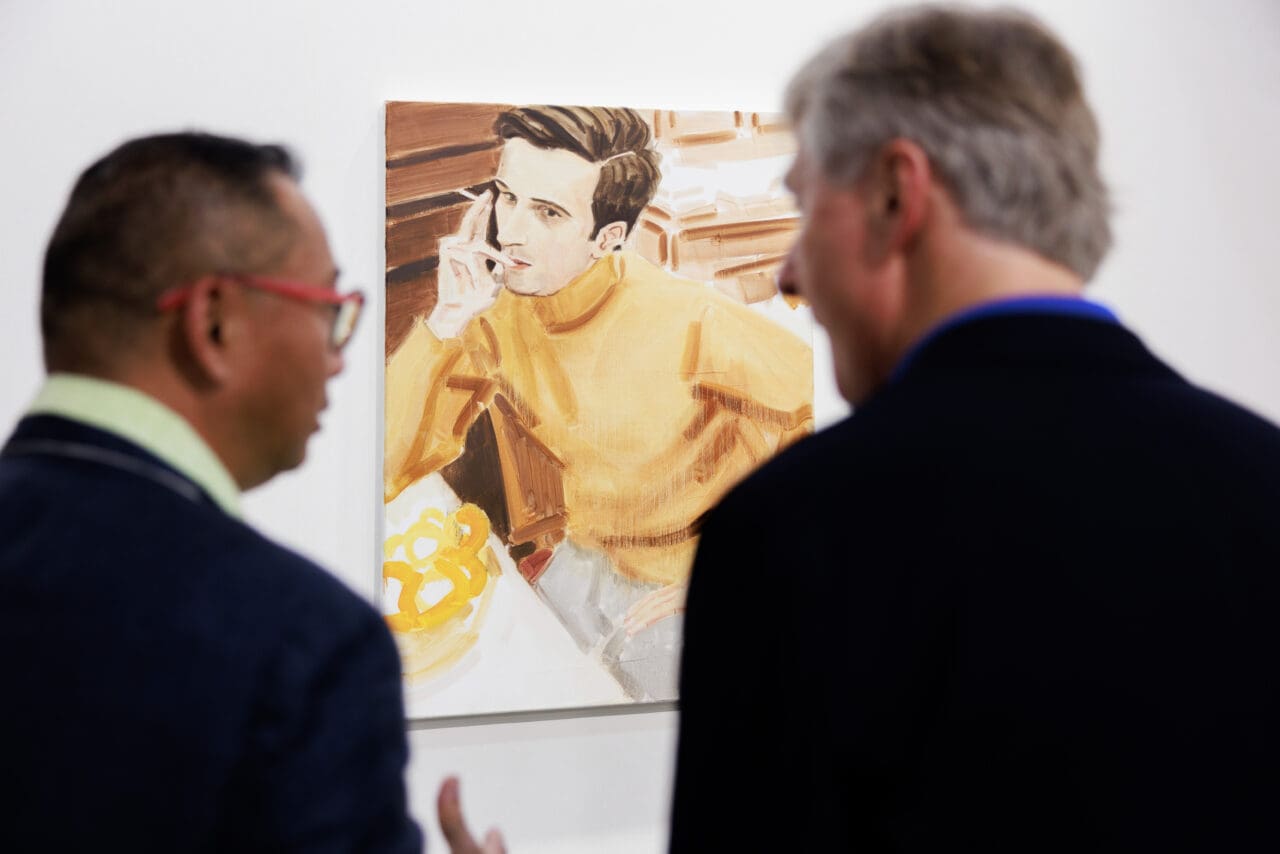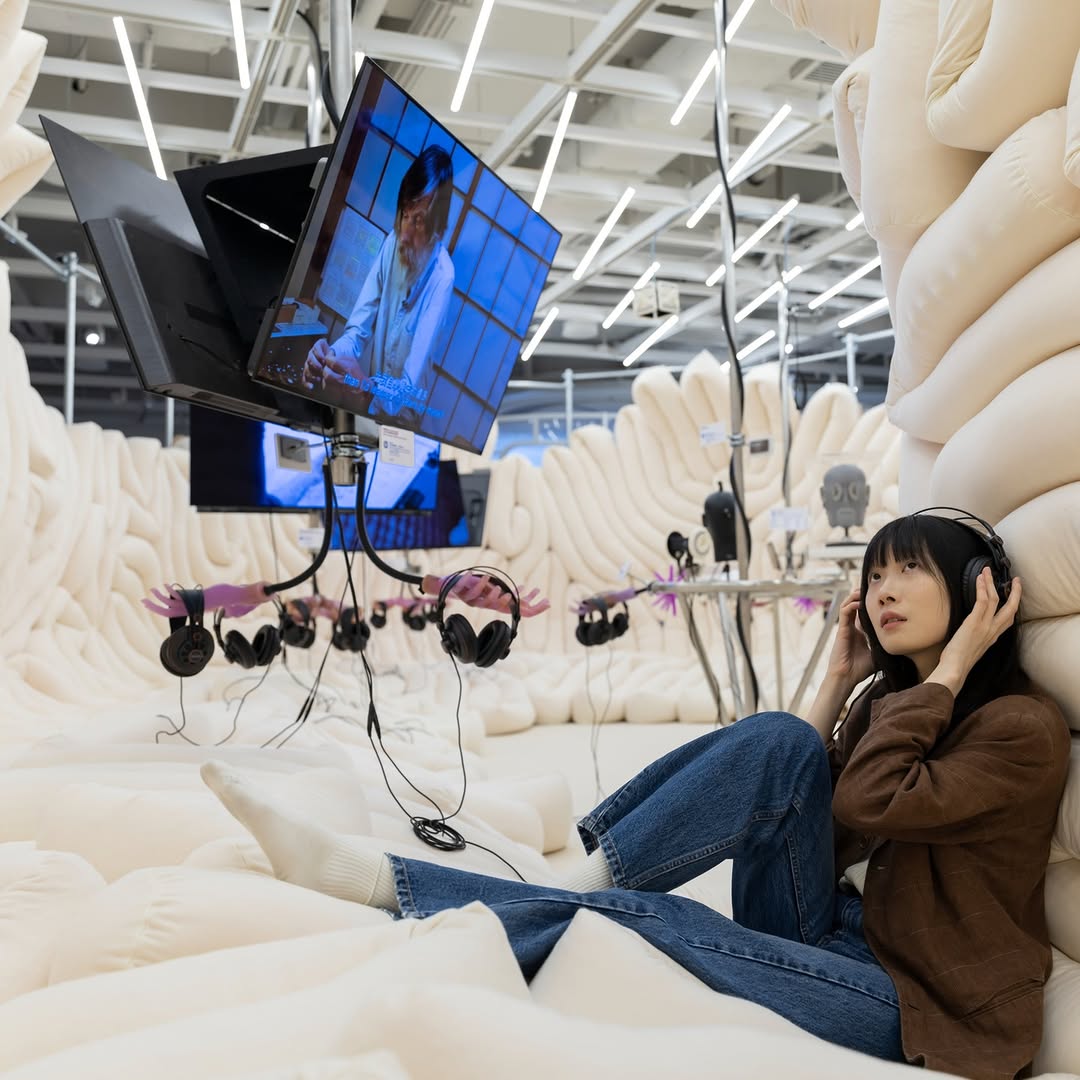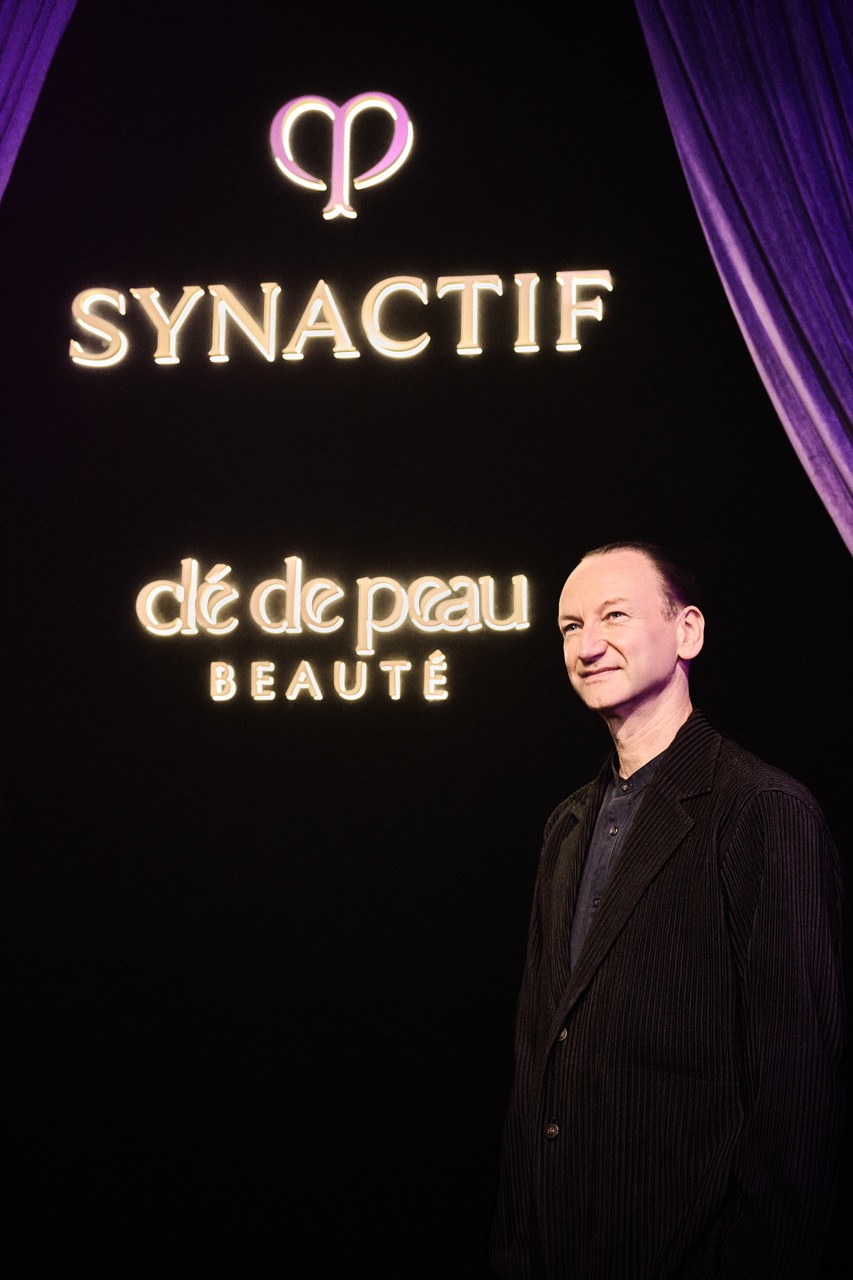At the mention of Switzerland, magnificent images of snowy alpine peaks, glittering lakes, and lush grassy valleys speckled with village houses come to mind. As of 2024, the landlocked country is ranked ninth in the World Happiness Report and it’s not difficult to see why. People from all across the globe travel to Switzerland hoping to get a taste of ideal living, often vacationing in cities like Zurich and Lucerne or marvelling at the wintry landscapes of the Jungfrau region. But if there’s one place that truly captures the essence of Swiss excellence, it would have to be Zug.
The Lake Zug offers scenic views of the town that are teeming with life.
Photo: Courtesy of V-ZUG
A mere half an hour drive from Zurich Airport, Zug is an incredibly affluent town often likened, in some ways, to California’s Silicon Valley. But this analogy was far from clear at first glance. As a first time visitor to Zug, I was immediately drawn to its serene atmosphere and undeniable sense of vitality. There was the gorgeous Lake Zug—a vast body of water so blue that had it not been for the snow capped mountains in the distance it would surely blend into the skies above—and along it romantic scenes of everyday life that feel almost too perfect. Bees zipped between rows of tulips, Mallard ducks bathed in the shallows, and friends dangled their legs over the edge of the wooden pier, laughing over shared cans of beer. Beside the lake lay the Old Town of Zug; with its quiet cobblestone streets and quaint boutique stores, it transported you into a bygone era. Further still in the distance were verdant hillsides that stretched out far and wide, dotted here and there with clusters of houses connected to the town by a singular network of roads.
A place brimming with so much suburban charm, it is difficult to believe that Zug is also home to hundreds of thousands of companies, including a host of world-class enterprises in biotechnology, the pharmaceutical industry and beyond. Among them is premier appliances brand and Swiss household name V-ZUG, whose factory site is quite literally, the beating heart of the town.
Swiss by origin
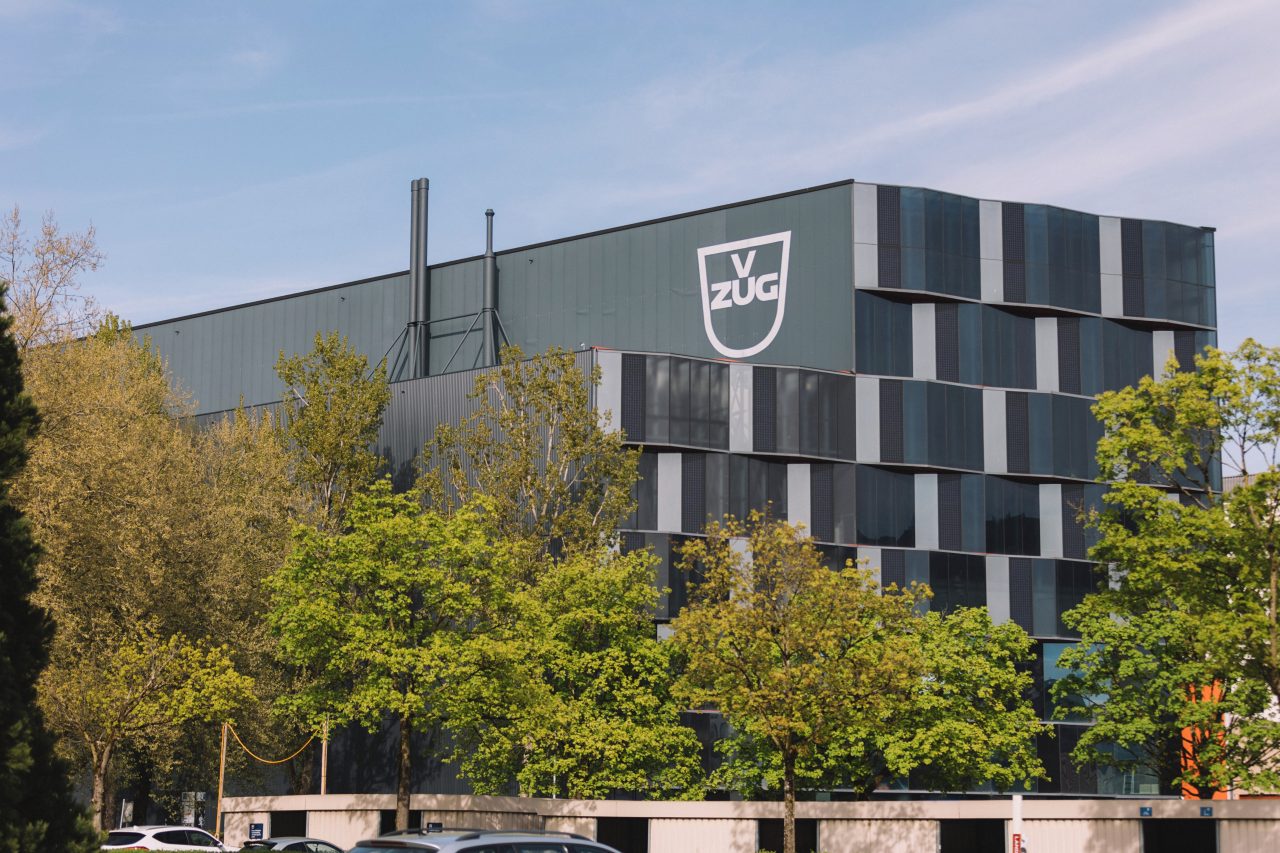
The V-ZUG factory buildings are designed with sustainability and wellbeing in mind.
Photo: Courtesy of V-ZUG
The V-ZUG factory is situated at the Tech Cluster Zug, an innovation district looking to create an ecosystem of production facilities, office buildings and real estate housing. The goal is to not only support V-ZUG’s ceaseless research and development efforts, but to invite greater synergy with other companies and institutions from around the world that are also playing a part in building our future. And because these days there is no conversation about the future that does not involve sustainability, it is only fitting that the V-ZUG production site stands at the core of the Tech Cluster Zug as not just a symbol of sustainability but as a a prime example of it. Eventually, each of the V-ZUG buildings will be connected to an underground Multi-Energy Hub, redistributing any excess energy they produce to the surrounding area to be used again for heating and other electricity needs.
Having already achieved carbon neutrality four years ago, V-ZUG has crafted a wholly modern vision of manufacturing tied to its roots as a Swiss brand. As part of the trip, I had the greatest honour of touring the brand’s production facilities. But to call them factories seemed far from accurate. For one, the buildings were large yet did not obstruct the view of Zug’s natural landscapes, and they were surprisingly well insulated—both characteristics that steer clear of the stereotypical image of a factory. I was told this is not only due to precise calculations and thoughtful architectural consideration, but born out of an agreement with the surrounding neighbourhood so as not to negatively impact their quality of life.
View this post on Instagram
Strolling through the factory site, particularly the V-ZUG Hangar designed by Swiss architectural studio Diener & Diener, you quickly learn that it’s not just the lives around the facility that V-ZUG pays great attention to, but also to the lives within. The V-ZUG Hangar is an impressive feat of architecture and sustainability. It has been constructed from about 1400 cubic metres of 100% Swiss timber, an unconventional and humanistic choice of material that not only greatly reduces greenhouse gas emissions compared with more traditional options, but lends the space a touch of natural beauty and openness. Nourishing amounts of daylight pour in from the building’s slanted roof sections, and workstations are intentionally placed beside windows while robots and machinery take up the central areas of the building which are farthest from light. From the cordial smiles and warm “good mornings” from the staff still present throughout the tour (we had arrived during their scheduled morning coffee break), it seemed clear that this arrangement was instrumental to their positive wellbeing.
A complete foreigner to the world of manufacturing and robotics, I was in constant awe of the innovation that came out of the V-ZUG factory. The V-ZUG Hangar hosts the hydraulic press at its ground floor, a magnificent machine created specifically forthe brand’s needs, crafting aluminium and nickel parts for a variety of V-ZUG appliances. Meanwhile, the second floor consists of a highly organised network of surface treatment facilities and a transport line, ensuring tasks like enamel coating are done correctly—ovens get black, while steam ovens get blue.
A statistic pulled from the official V-ZUG summary report of the 2023 financial year states that there is an average of at least one V-ZUG appliance in every Swiss home, and the factory itself is proof of the brand’s high levels of output. Yet I would liken the V-ZUG factory more to a workshop, or an atelier if you will. With employees assigned manual quality checks at almost every stage of production, it’s a rather customised manufacturing process with importance still placed on human skill and craft. The V-ZUG PowerSteam ovens for instance are an almost bespoke creation; more complex in their construction, they rely on an extremely experienced team of three to assemble them 1-to-1. Witnessing these experts build V-ZUG appliances felt like watching artisans commit themselves to a haute couture piece, fuelled by intention and unwavering passion.
Poetic Explorations
Arriving at Milan Design Week equipped with a comprehensive picture of what goes into the making of V-ZUG’s state-of-the-art products, it was rewarding to see how the brand engages with its own core values. This year, they worked closely with Italian designers Elisa Ossino and artist Henry Timi to explore the theme of ‘Time and Matter’, presenting an introspective installation space and unveiling their brand new V-ZUG Studio Milan.
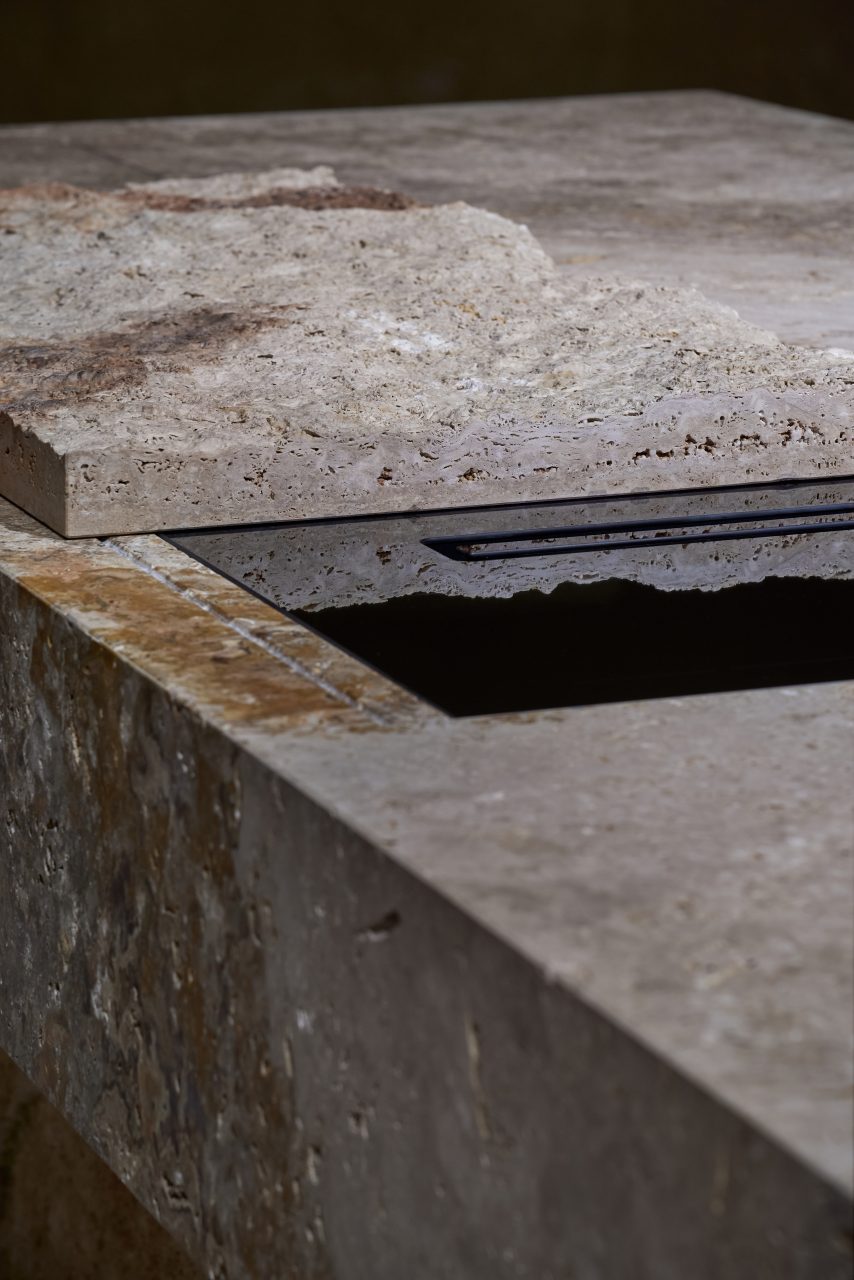
At the ‘Time and Matter’ installation, a slab of travertine slides to reveal a V-ZUG induction hood and hob unit.
Photo: Courtesy of V-ZUG
Set up in a room within the Pinacoteca di Brera, the installation was pure aesthetic poetry. It was an artistic interpretation of the constantly evolving kitchen space that juxtaposed raw blocks of stone with the striking modernity of V-ZUG’s appliances. The two fused seamlessly together, inviting the audience to touch archaic matter and to interact with futuristic technology. A heavy slab of travertine rolled across the countertop to reveal a glossy induction hob and hood unit, whilst a linear cut along the edge of the stone opened up into a dishwasher. The ‘Time and Matter’ installation served as an eternal message of longevity, offering contrasting ideas of what is made to last.
View this post on Instagram
The ‘Time and Matter’ theme perpetuated all aspects of V-ZUG’s Milan Design Week activations. At the newly launched V-ZUG showroom and first ever flagship in Italy, it translated into a timeless display of Swiss design. A perfect match to the distinct design language of V-ZUG appliances, Ossino and Timi once again displayed their penchant for purity through sleek lines, an understated colour palette and simple yet sculptural furniture pieces. During a series of moderated talks with the likes of renowned architect David Thulstrup and Llisa Demetrios of the Eames Institute, V-ZUG also tapped into diverse perspectives on circularity in design.
Deeper than design
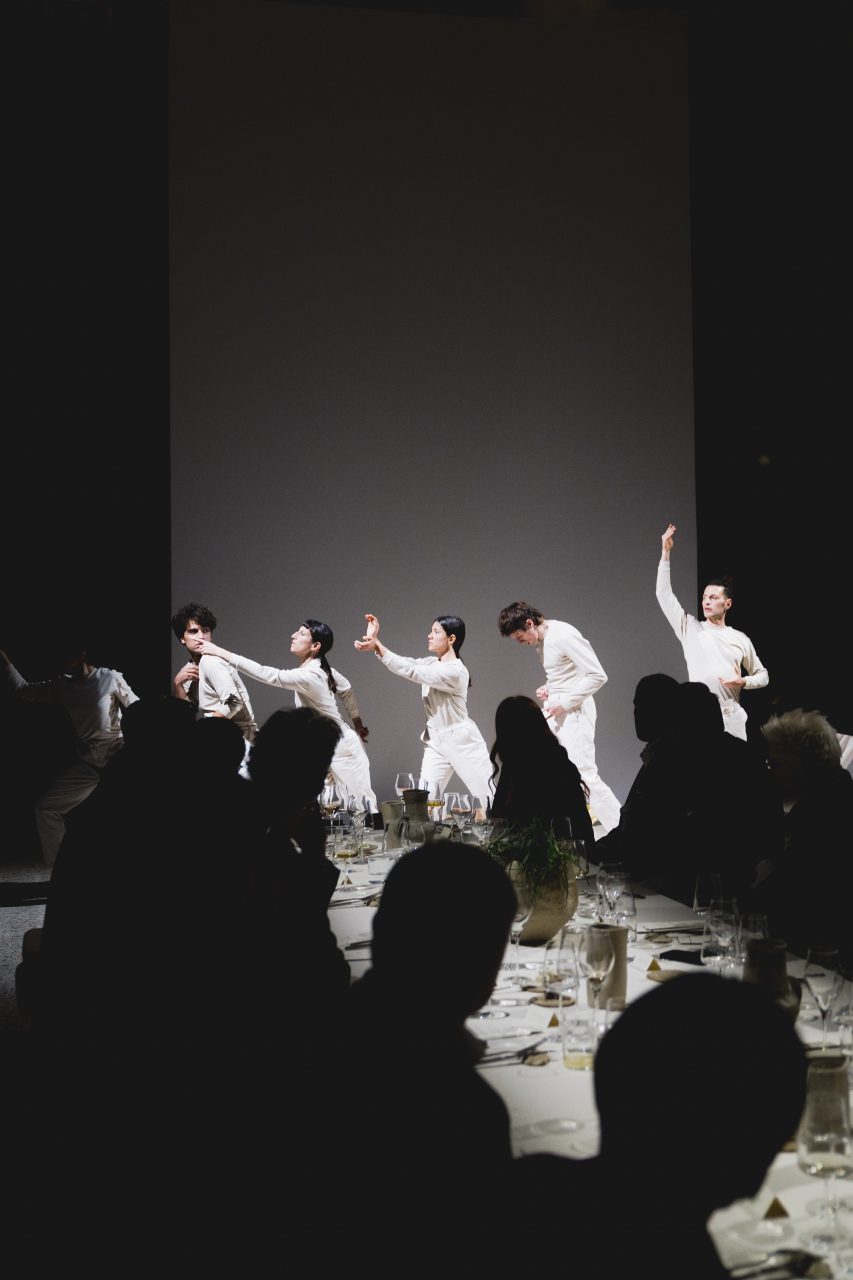
V-ZUG celebrated its 111th anniversary with an artful gala dinner featuring future-forward cuisine, thoughtful design, and theatre.
Photo: Courtesy of V-ZUG
But beneath all this worldly discourse was a simple sentiment revealed on the final night of the V-ZUG trip. Marking the end of this remarkable journey with the brand was a grand celebration of their 111th anniversary. Taking place within the illustrious Biblioteca Nazionale Braidense was a gala dinner that honoured both history and the future; innovation and beauty; food and design—all various facets of V-ZUG. Whilst we savoured inventive plant-based fare courtesy of the V-ZUG Gourmet Academy, there were live performances by a theatre group and heartfelt words from V-ZUG’s Chief International Officer, Alberto Bertoz. Having gathered that evening in the name of revolutionary design, he reminded us once more of what truly matters. “As we know, V-ZUG is about appliances,” he said. “But as we are doing here [tonight], we are going beyond appliances, we’re going beyond design. We want to touch the hearts and the minds of our customers.”
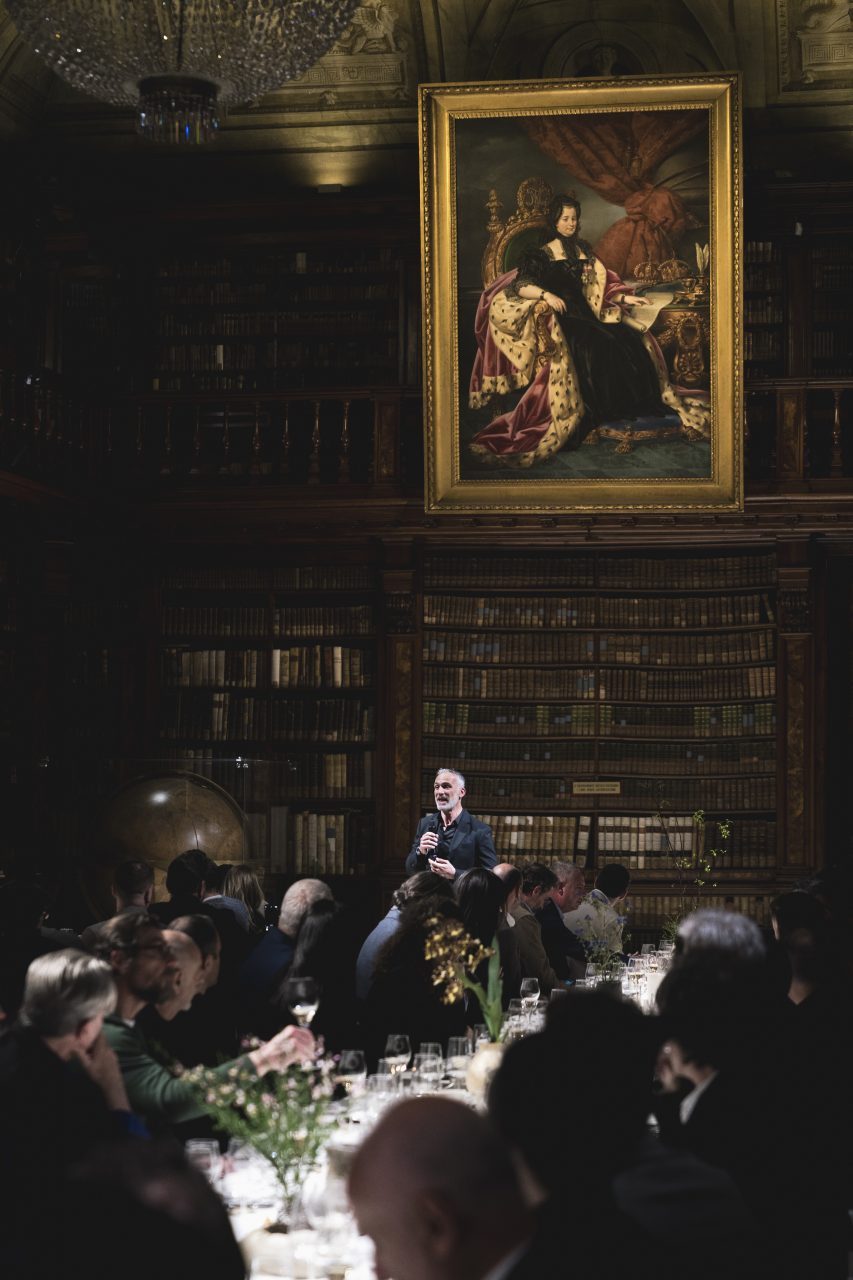
V-ZUG Chief International Officer Alberto Bertoz addresses the distinguished guests of the 111th V-ZUG Anniversary Gala Dinner at the Biblioteca Nazionale Braidense.
Photo: Courtesy of V-ZUG
It wasn’t clear to me what this meant at first. But I think back to a dinner during the trip at the two Michelin-starred Stucki, where famed Swiss chef and V-ZUG ambassador Tanja Grandits crafted a meticulous six hour-long dinner brimming with unique flavours and unbridled creativity. I recall a sticker for the 2019 Swiss Wrestling and Alpine Festival plastered onto a trolley at the V-ZUG factory, a sign of their sponsorship and support for cultural affairs within Zug. And now I contemplate a conversation with Ossino where I asked what she has learned about herself as a designer since working with V-ZUG, and her surprisingly personal response. “I think I learned a lot more as a cook… I’m experimenting with new recipes and all my friends are very happy.” In all the big ways and the small, V-ZUG does more than service people—it enriches lives.
Editor
Alyanna Raissa J. PayosCredit
Lead image: Courtesy of V-ZUG



